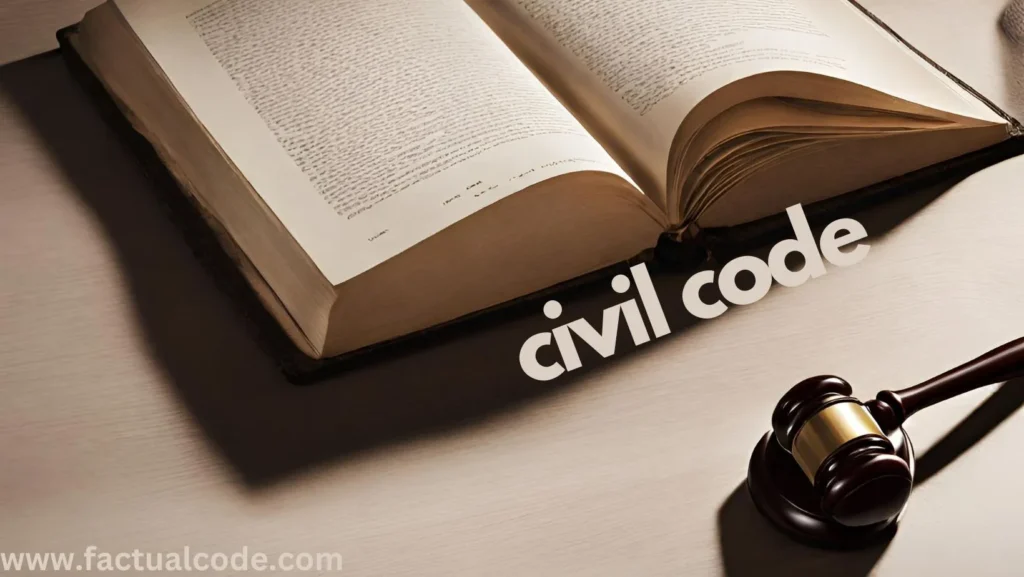The period of limitation for filing a suit is an essential legal principle enshrined in the Limitation Act, 1963. It provides specific time frames within which legal actions must be initiated. Failure to file a suit within the prescribed limitation period results in the dismissal of the suit. Below is a comprehensive explanation of the general rules for the calculation of the period of limitation for filing a suit.
General Rules for Calculation of Limitation Period
1. Prescribed Time Frame
The Limitation Act, 1963 prescribes varying limitation periods for different categories of suits, appeals, and applications:
For most suits, the limitation period is three years.
Suits involving immovable property typically have longer limitation periods, such as 12 years or, in specific cases like adverse possession, 30 years.
For suits by or against the government, the limitation period is generally 30 years.
2. Commencement and Expiry of Limitation Period
Commencement: The limitation period begins from the date on which the cause of action arises, i.e., the date the plaintiff first becomes entitled to file a suit.
Expiry: A suit filed after the expiration of the limitation period is barred by law and dismissed unless the court grants relief based on special circumstances.
3. Specific Provisions for Calculating Limitation Period
(a) Exclusion of Certain Periods (Section 12):
The day on which the cause of action arises is excluded.
The time required to obtain certified copies of judgments, decrees, or orders is also excluded.
(b) Legal Disability (Section 6):
If the plaintiff is a minor, insane, or otherwise legally disabled, the limitation period begins when the disability ceases.
(c) Acknowledgment of Debt or Liability (Section 18):
If the defendant acknowledges the debt or liability in writing before the expiration of the limitation period, a fresh limitation period begins from the date of acknowledgment.
(d) Fraud and Mistake (Section 17):
If a suit’s filing is delayed due to fraud or a mistake by the defendant, the limitation period begins from the date the fraud or mistake is discovered.
(e) Continuous Breach or Tort:
For cases of continuous breach of contract or tort, the limitation period runs from the date of the last act or omission.
(f) Time Spent in Good Faith in Another Proceeding (Section 14):
The time spent in prosecuting another proceeding in good faith, which fails due to jurisdictional defects, is excluded.
(g) Force Majeure Situations:
In extraordinary situations like pandemics or natural disasters, limitation periods may be extended through executive or judicial orders. For example, during the COVID-19 pandemic, the Supreme Court extended the limitation period through special directives (In Re: Cognizance for Extension of Limitation, 2020).
Popular Case Laws
1. Laxmichand v. Indore Improvement Trust (1975)
This case established that the limitation period begins from the date of the plaintiff’s actual knowledge of the action impacting their rights. The court emphasized that ignorance of one’s rights cannot extend the limitation period indefinitely.
2. Union of India v. West Coast Paper Mills Ltd. (2004)
The court ruled that the limitation period must be computed strictly as per the provisions of the Limitation Act, emphasizing that equitable considerations cannot override statutory limitations. This judgment reinforced the principle of certainty in the application of limitation laws.
3. Rajender Singh v. Santa Singh (1973)
This case highlighted the application of Section 14, where time spent in bona fide litigation was excluded. The court held that such exclusions ensure fairness when jurisdictional defects prevent timely filing of suits.
Examples of Limitation Periods
| Nature of Suit | Limitation Period | Commencement Date |
|---|---|---|
| Money paid by the plaintiff for defendant | 3 years | From the date money is paid |
| Recovery of immovable property | 12 years | From the date possession is wrongfully taken |
| Execution of decrees (immovable property) | 12 years | From the date of decree |
| Money received by the defendant for plaintiff’s use | 3 years | From the date the money is received |
| Interest on money due | 3 years | From the date the interest becomes due |
Importance of Limitation Period
1. Public Policy:
The Limitation Act is based on public policy, ensuring timely legal actions and preventing prolonged uncertainty in disputes.
2. Judicial Efficiency:
It helps maintain judicial efficiency by avoiding stale claims and preserving evidence reliability.
3. Legal Certainty:
The Act provides certainty to parties by creating a clear timeline for initiating claims.
Conclusion
The Limitation Act, 1963, plays a crucial role in ensuring that litigants act promptly in pursuing their legal rights. Adhering to these rules is vital for effective legal practice and justice administration. Understanding the general and specific provisions, along with their practical applications, can help avoid unnecessary legal complications and ensure timely access to justice.
Recommended Posts
References- THE LIMITATION ACT, 1963 www.indiacode.nic.in www.indiacode.nic.in www.indiacode.nic.in www.indiacode.nic.in www.indiacode.nic.in www.scconline.com Laxmichand vs Indore Improvement Trust, Indore And … on 24 February, 1975 Union Of India vs West Coast Paper Mills Ltd. And Anr on 25 February, 2004 Rajender Singh & Ors vs Santa Singh & Ors on 16 August, 1973

